 |
| Producing electricity from artificial 'clouds' will solve the problem of electricity shortages in the future. |
A new study has proposed a method that allows any material to generate a steady stream of electricity from moisture in the air. All that is needed is a pair of electrodes and a special material with many tiny pores measuring less than 100 nanometers in diameter (less than 1/1000th the thickness of a human hair).
As for how the device works, according to the journal Advanced Materials, water flows through tiny holes, generating electricity from the buildup of electrical charge carried by water molecules. This process is essentially the same as how clouds generate electricity by releasing electrical energy in the form of lightning. Because moisture is always present in the air, the device can operate day or night, in any weather conditions, unlike the production of other forms of renewable energy such as wind or solar power.
The recent discovery is based on the fact that the air is full of electric charge: Clouds accumulate charge. But it's difficult to get electricity from clouds, according to senior study author Jun Yao, an electrical engineer at the University of Massachusetts Amherst.
Instead, Yao and his colleagues found that it could be replicated. The researchers previously created a device that used a protein derived from bacteria to generate electricity from moisture in the air. But they later realized that many other materials could have similar properties, as long as they were made with small enough pores. According to the new study, this type of energy-harvesting device—which the study authors have dubbed an “Air-gen,” referring to its ability to draw electricity from air—could be made from “a wide range of inorganic, organic, and biological materials.”
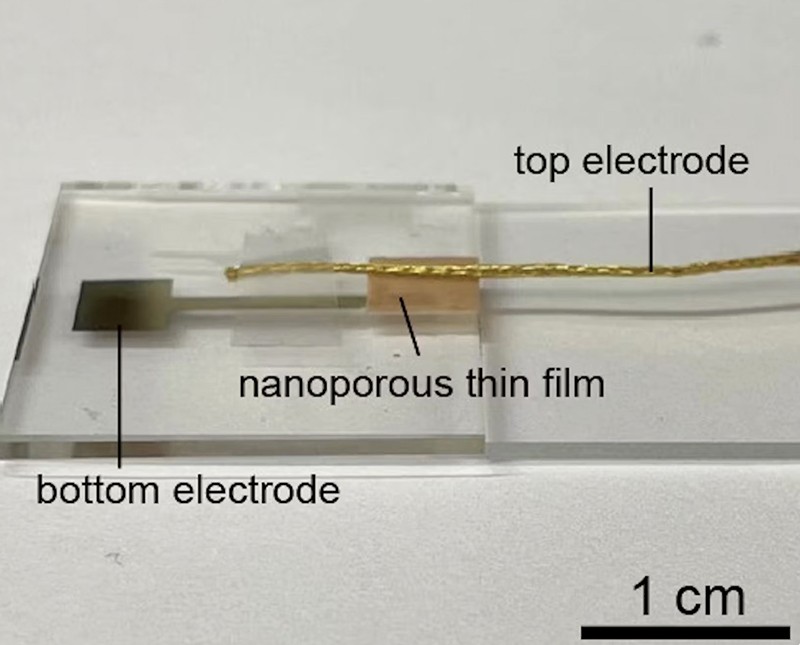 |
| The Air-gen device requires only one pair of electrodes and a material designed with small pores. |
Water molecules can travel about 100 nanometers through the air before they “bump” into each other. As water moves through a thin material with precisely sized holes, charges tend to accumulate at the top of the material. Because fewer molecules reach the bottom layer, this creates a charge imbalance similar to what happens in clouds—essentially creating a humidity-powered battery that seems to be useful for more than just curling hair. Electrodes on both sides of the material then carry the charge to whatever needs power.
And because these materials are so thin, they can be stacked together and even generate multiple kilowatts of energy.
In the future, Yao envisions everything from small-scale Air-gen devices that can power wearable devices to ones that can provide enough energy to power an entire household.
Before any of that can happen, however, Yao said his team needs to figure out how to collect electricity over a larger surface area and the best way to stack the panels vertically to increase the device's power without taking up extra space.
However, he is excited about the technology's future potential. “My dream is that one day we can use clean electricity everywhere, all the time using Air-gen technology,” Yao said.
Source























































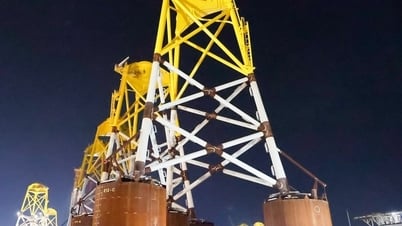



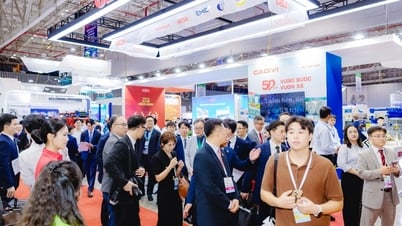










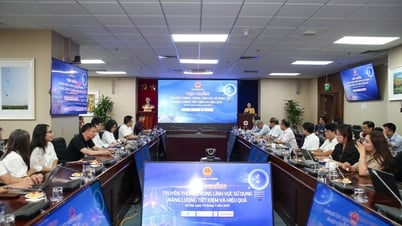

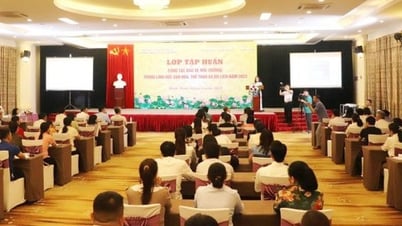












![[Infographic] In 2025, 47 products will achieve national OCOP](https://vphoto.vietnam.vn/thumb/402x226/vietnam/resource/IMAGE/2025/7/16/5d672398b0744db3ab920e05db8e5b7d)














Comment (0)